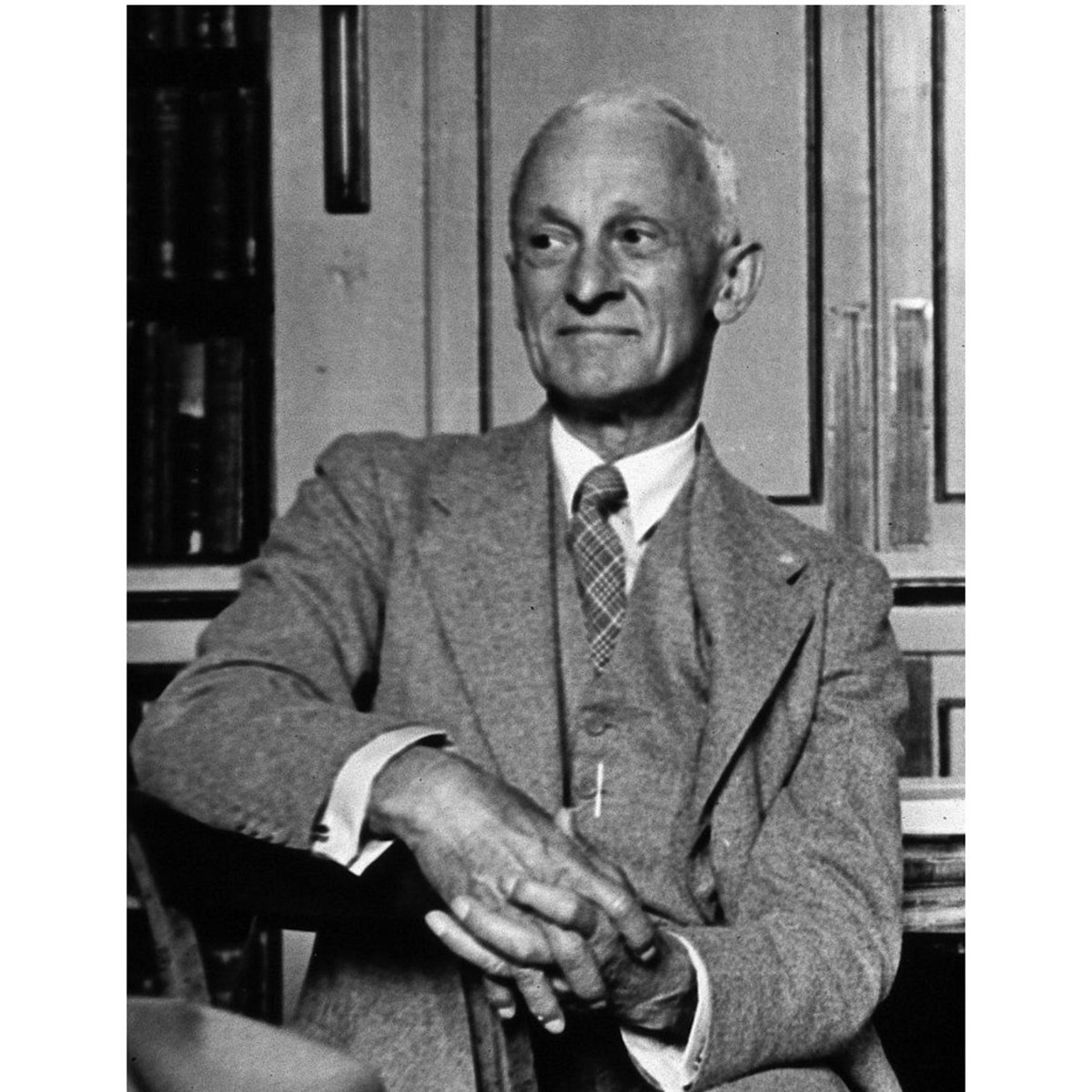Hoffmann and his Assistant!!!
“upper limb equivalent of the Babinski sign test”
- hyperreflexia
- cervical cord
#MedTwitter #neurotwitter #EndNeurophobia
1/
“upper limb equivalent of the Babinski sign test”
- hyperreflexia
- cervical cord
#MedTwitter #neurotwitter #EndNeurophobia
1/

Hoffmann's sign
“snaps the nail of the middle finger leads to flexion of the thumb and/or index”
discovered by German neurologist Johann Hoffman (1857–1919), but
it was described by his assistant Hans Curschmann in 1911
via: virtualmedstudent
2/
“snaps the nail of the middle finger leads to flexion of the thumb and/or index”
discovered by German neurologist Johann Hoffman (1857–1919), but
it was described by his assistant Hans Curschmann in 1911
via: virtualmedstudent
2/
Mayer's reflex
“forceful passive flexion of the middle finger. Involuntary adduction of the thumb normally follows; absence of the reflex suggests a lesion”
discovered by Austrian neuropsychiatry Carl Mayer (1862–1936)
doctorlib.info/neurology/fund… via: doctorlib
3/
“forceful passive flexion of the middle finger. Involuntary adduction of the thumb normally follows; absence of the reflex suggests a lesion”
discovered by Austrian neuropsychiatry Carl Mayer (1862–1936)
doctorlib.info/neurology/fund… via: doctorlib
3/

Rossolimo's hand sign
“reflex hammer, tap the palmar surface of the metacarpophalangeal joint”
discovered by Russian neurologist Grigory Ivanovich Rossolimo (1860–1928)
musculoskeletalkey.com/reflexes/ via: Musculoskeletal Key
4/
“reflex hammer, tap the palmar surface of the metacarpophalangeal joint”
discovered by Russian neurologist Grigory Ivanovich Rossolimo (1860–1928)
musculoskeletalkey.com/reflexes/ via: Musculoskeletal Key
4/

Wartenberg's sign
“taps against the patient’s fingers lead to flexion of fingers and distal phalanx of the thumb”
discovered by Russian neurologist Robert Wartenberg (1887–1956)
via: Neuron Bundle
5/
“taps against the patient’s fingers lead to flexion of fingers and distal phalanx of the thumb”
discovered by Russian neurologist Robert Wartenberg (1887–1956)
via: Neuron Bundle
5/
Chaddock's wrist sign
“Grasp the patient’s wrist, putting pressure on the palmaris longus tendon”
the patient flexes the wrist and extends the fingers
discovered by American neurologist Charles Gilbert Chaddock (1861–1936)
musculoskeletalkey.com/reflexes/ via: Musculoskeletal Key
6/
“Grasp the patient’s wrist, putting pressure on the palmaris longus tendon”
the patient flexes the wrist and extends the fingers
discovered by American neurologist Charles Gilbert Chaddock (1861–1936)
musculoskeletalkey.com/reflexes/ via: Musculoskeletal Key
6/

Gordon's extension sign
“compression of the projection of the radial side of the pisiform bone lead to fingers extension”
discovered by French-American neurologist Alfred Gordon (1874–1953)
doi.org/10.1590/0004-2… via: Arq Neuropsiquiatr
7/
“compression of the projection of the radial side of the pisiform bone lead to fingers extension”
discovered by French-American neurologist Alfred Gordon (1874–1953)
doi.org/10.1590/0004-2… via: Arq Neuropsiquiatr
7/

Hachinski's sign
“raise hands from the knees and hold them at shoulder level”
upward movement of the right or left thumb
discovered by Ukrainian neurologist Vladimir Hachinski (alive)
doi.org/10.1212%2FCPJ.… via: Neurology
8/
“raise hands from the knees and hold them at shoulder level”
upward movement of the right or left thumb
discovered by Ukrainian neurologist Vladimir Hachinski (alive)
doi.org/10.1212%2FCPJ.… via: Neurology
8/
Vernea's and Botez's reflex
“Superficial stimulation of dorsum of fingers in patients with a grasp reflex”
discovered by Romanian neurologists I. Vernea and M.I. Botez
doi.org/10.1111/j.1600… via: Acta Neurol Scand
9/
“Superficial stimulation of dorsum of fingers in patients with a grasp reflex”
discovered by Romanian neurologists I. Vernea and M.I. Botez
doi.org/10.1111/j.1600… via: Acta Neurol Scand
9/

Trömner's reflex
“flicks the middle finger pad leads to flexion of the thumb and/or index”
discovered by German neurologist Ernst Trömner (1868–1930)
youtube.com/shorts/kEbnFG_… via: NeurologiaBr - Dr Euldes
10/
“flicks the middle finger pad leads to flexion of the thumb and/or index”
discovered by German neurologist Ernst Trömner (1868–1930)
youtube.com/shorts/kEbnFG_… via: NeurologiaBr - Dr Euldes
10/
Wazir's sign
“extended wrist is tapped at the level of the palmaris longus”
discovered by Malaysian orthopedic surgeon Wazir NN
pubmed.ncbi.nlm.nih.gov/21298241/ via: Singapore Med J
11/
“extended wrist is tapped at the level of the palmaris longus”
discovered by Malaysian orthopedic surgeon Wazir NN
pubmed.ncbi.nlm.nih.gov/21298241/ via: Singapore Med J
11/

• • •
Missing some Tweet in this thread? You can try to
force a refresh
















